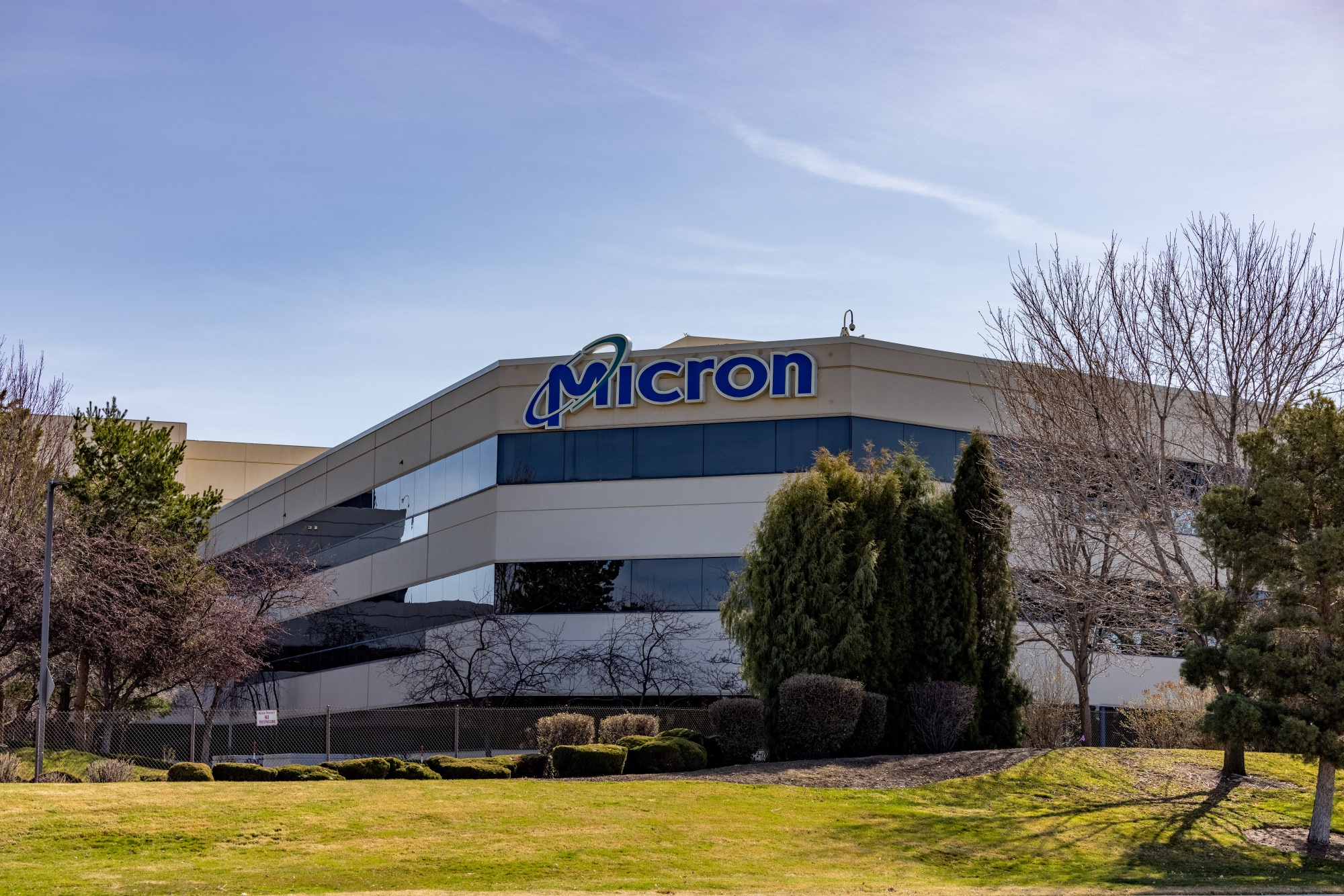Micron Catalyses India’s Chip Hopes For A Huge Boost, But A Ground-Up Facility Remains Mysterious.
Micron Technology will spend USD 825 million of the USD 2.75 billion, with remainder to come from the federal government (50%) and the Gujarat government (20%).

There seems to be light at the end of the tunnel. India’s multi-decade ambition to get a global chipmaker to set up shop in India has paid off, with Micron receiving government approval to establish a local unit worth USD 30 billion. Micron Technology would invest USD 2.75 billion (about INR22,000 crore) on an ATMP solution for chip assembly testing, marking, and packaging.
Micron Technology will spend USD 825 million of the USD 2.75 billion, with remainder to come from the federal government (50%) and the Gujarat government (20%).

The solution, which will be built in Sanand, Gujarat, is scheduled to open in late 2024.
ATMP units test and package semiconductor chips but do not produce them. Micron will get the chips elsewhere & transport them to India for ATMP before shipping them to consumers.
While this is crucial for India because Micron is one of the world’s top three memory chip producers, it is not real chip manufacturing.
ATMP is not a fab from the ground up, converting sand to silicon or wafer to chip. However, this is a notable step forward for India, which has been unable to get a global chip firm to invest in the country.
Micron is a key participant in the memory industry, which includes DRAM, flash memory, and USB flash drives.
India proposed its most ambitious INR 76,000 crore plan in December 2021 to incentivize chip manufacturing domestically by giving half the project cost, infrastructural assistance, and expedited approvals.

According to the World Fab Forecast, 84 new fabs will be built by 2024 with a total expenditure of USD500 billion. However, none will be located in India. In that perspective, Micron’s presence will aid in the development of a local chip ecosystem in India, which has failed to lure global players in recent decades.
Micron competes with SK Hynix, Samsung, and Western Digital, who purchased SanDisk in 2016 to become the memory market leader. Sanjay Mehrotra, the CEO of Micron, had earlier co-founded and sold SanDisk to Western Digital. According to Satya Gupta, CEO of EPIC Foundation, he is the top globally Indian in chips, a brand in himself, and this would be beneficial to India, which is focused on developing electronics in India.
Sanand will be an outsourced semiconductor assembly and testing (OSAT) plant for Micron.
OSAT units, even called as ATMPs, are necessary parts in semiconductor production because they package and test silicon chips produced at foundries before they are distributed to the market.
The country lacks a global-scale fab and no experience with these sophisticated chips.
Obtaining an ATMP from a prominent global business is a great place to start. As a result, India will be included in the global semiconductor supply chain.
According to an industry veteran, this will be a stepping stone to more complicated fabs.

Micron owns the whole design to the production process and, unlike a foundry, does not need to hunt for buyers or the market.
Memory is a large and rising market. Gupta says that it’s a fantastic place to start.
Memory chips may be found in a wide range of electrical devices, from smartphones to smart speakers. Memory is a substantial income source for the semiconductor industry, accounting for 35% of overall chip sales, according to market research data provider Research and Markets. In 2022, total global chip sales were expected to be over USD 500 billion. By 2030, the global chip market is estimated to reach USD1 trillion.
Micron will use the India factory to satisfy local demand and export to South Asia. Memory was worth USD 172 billion in 2022, and it is expected to be worth USD 235 billion by 2027.
Memory consumption is even increasing in India. According to industry estimates, the country already has a USD 30 billion smartphone market, manufacturing roughly 150 million phones every year. Apple is increasing its sourcing from India. Google Pixel even plans to shift part of its device manufacture to India, boosting local chip demand and building a much-needed environment for ground-up manufacturing in India.
MeitY estimates that electronics manufacturing in India will be valued at USD300 billion by 2026. India imports the majority of the chips used in these electronic gadgets, with the import cost for chips alone expected to reach approximately USD 64 billion by 2026. That is why India requires a fab.

Another proposal by Vedanta Foxconn Semiconductors (VFSL), a JV between the Vedanta Group and Taiwan’s Hon Hai Precision Industry (Foxconn), seeks an initial investment of up to INR66,000 crore in order to establish a semiconductor manufacturing plant in Dholera, Gujarat. It has yet to be approved since neither Vedanta, a mining corporation, nor Foxconn, an electronics contract maker, has experience in chip manufacturing.
Around the same time that the Micron proposal was approved by the Union Cabinet, chipmaker Intel announced a USD 4.6 billion fab in Poland and a massive USD 25 billion investment in chip production in Israel. Many foreign chipmakers had earlier been hesitant to come to India due to a lack of ecosystem and infrastructure impediments.
Micron’s ATMP plan is a necessary step forward in India’s chip manufacturing quest. However, India is still waiting for a ground-up fab, which will be transformative for high-tech manufacturing in the country.
Conclusion.
Micron Technology, a leading memory chip manufacturer, is banking on India. This represents a watershed moment in India’s chip manufacturing aspirations and plants the seeds of a long-desired ecosystem, albeit the country’s quest for a new fab continues.




